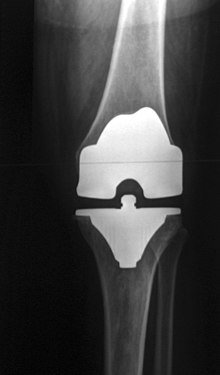Timing is Everything for Knee Replacement Surgery
One of the things that has stuck with me since my mother had her knee replaced in the fall of 2005 was how she said her knee hurt less immediately after the surgery than it did before. Based on chatting with other people who have had joint replacements (or know people who have), this is not an uncommon reaction. So there’s little doubt about the benefits of knee replacement surgery, but the question remains about how much a role timing plays in those benefits.

Researchers at Northwestern University may have found the answer to just that. A National Institutes of Health-funded study published on January 13, 2020, in the Journal of Bone and Joint Surgery, followed around 8,000 subjects who either had or were at risk for arthritis of the knee for a period of eight years. The researchers analyzed the timing of knee replacements surgeries and their benefits and found that about one quarter of the subjects had knee replacement surgeries earlier than needed, whereas 90 percent waited too long to get the full benefits of the procedure.
Proper knee replacement timing is based on an algorithm that assesses the benefit of surgery based on patient pain levels, imaging of the knee joint and patient age. Patients who have a knee replacement before the algorithm would recommend would receive less benefit while facing the risks involved in major surgery and may even need a second replacement years later. However, patients who wait too long often do not regain as much mobility. Additionally, delaying surgery frequently means patients live with limited mobility and lower activity levels longer than necessary, which can lead to additional health problems.
These findings point to a to ensure that people with osteoarthritis of the knee have joint replacement surgery at the right time, especially those patients who delay. To accomplish this a better understanding of factors leading to such delays is needed. Further research into factors such as age, gender, socioeconomic status, education level, insurance coverage and geographic location will serve as a first step toward understanding surgery delays.
